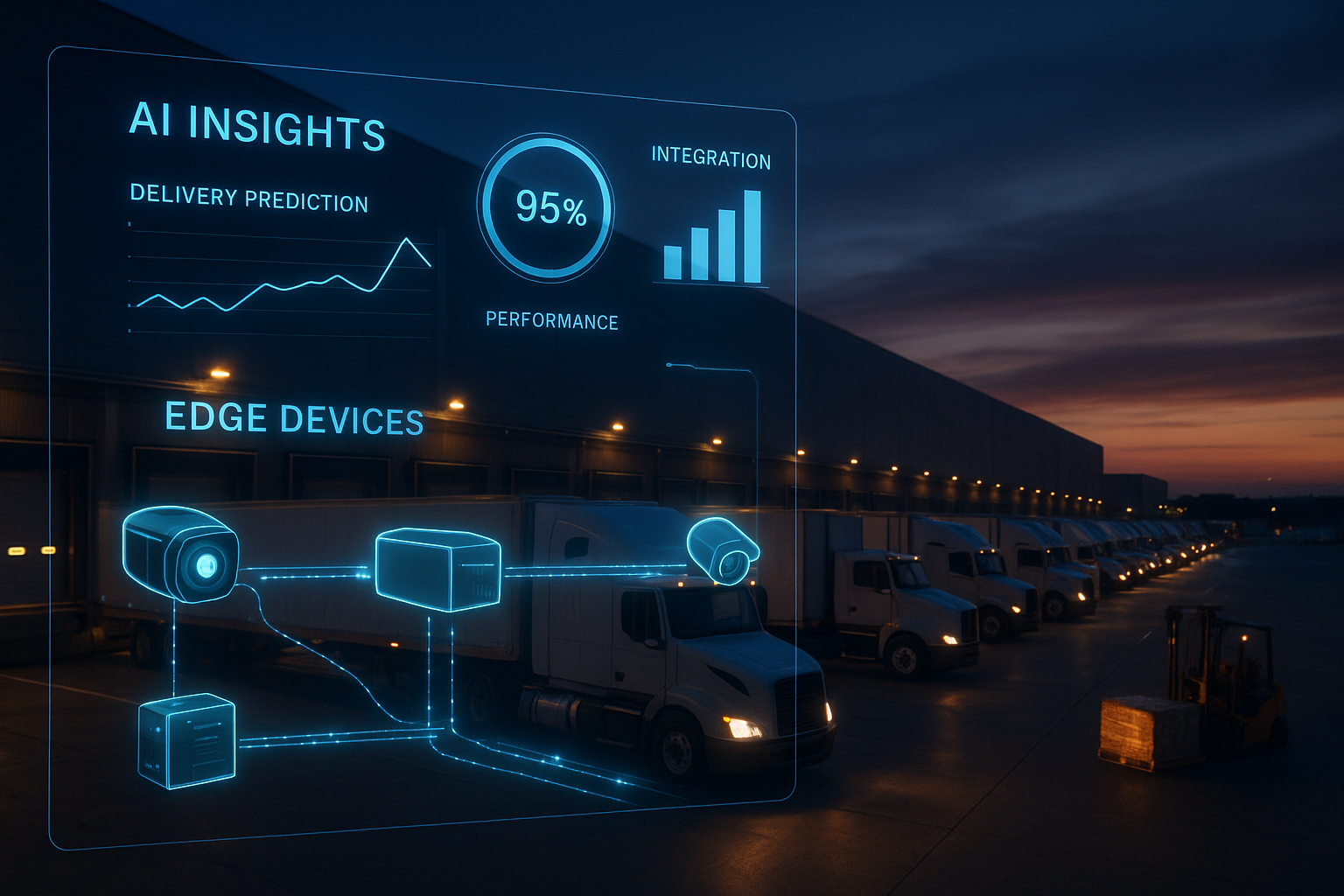Retail leaders who have invested in AI personalization know the promise: more relevant product discovery, higher conversion, and better lifetime value. But as personalization scales, so do the adversarial realities that can erode margin and brand trust. When bots scrape pricing and product feeds, account takeovers inflate support costs, or generative AI channels leak brand-sensitive messaging, the revenue upside can be eclipsed by privacy and security costs. CIOs and CMOs who want to expand AI-driven personalization must balance growth with deliberate defenses: privacy-preserving machine learning, bot defense for ecommerce surfaces, and governance that keeps generative outputs brand-safe and compliant with CCPA and GDPR.
Personalization at scale meets adversarial reality
Investment in recommender systems and LLM-based marketing assistants often surfaces three hard problems at once. First, automated scraping and credential-stuffing attacks turn personalization data into a cost center: cart-level promotions and targeted discounts can be discovered and arbitraged by bots, while account takeover drives false returns and service load. Second, shadow AI — where third parties or internal tools expose prompts or generated content — creates leakage risks and brand-safety concerns. Third, global privacy regulations and emerging AI governance frameworks add compliance obligations that directly affect how you train and serve models.
Understanding these pressures is the first step. Your personalization program must be judged not only on lift and conversion but on leakage, fraud, and regulatory risk. That shift in perspective changes architecture decisions and the controls you must bake into the personalization stack.
Secure-by-design personalization architecture

A blueprint that treats data protection as a core feature enables safe CX improvements. Start with a PII vault and tokenization so that customer identifiers never travel in the clear. Combine that with privacy-preserving ML techniques — such as differential privacy and feature obfuscation — to limit what models learn about any individual while retaining signal for personalization. For marketing and content generation, use retrieval-augmented generation (RAG) pipelines that include strict policy filters and content moderation layers so the model cannot synthesize or divulge sensitive or disallowed information.
Operational controls are equally important. Role-based access and fine-grained secrets management prevent overbroad data access, while immutable audit trails document who queried which datasets and which model outputs were served. These elements together are the difference between a personalization feature that scales and one that creates downstream legal and brand exposure.
Model integrity and content quality controls
Models used for recommendations or generative marketing must be resilient to adversarial inputs and aligned to brand guidelines. Adversarial testing for recommender systems uncovers ways malicious actors might manipulate rankings or injection attacks that distort personalization signals. For LLMs, set up guardrails: a curated prompt library, explicit tone and claims controls, and safety policies embedded into the prompt and retrieval layers to prevent hallucination or off-brand claims.
Human review loops remain crucial for high-impact campaigns and novel content. Rather than manual review of every output, apply risk stratification: only routes that could materially affect revenue, regulatory exposure, or brand reputation should escalate to reviewers. That hybrid approach keeps pace without slowing all creative work.
Bot and abuse defense for AI surfaces

APIs, site search, and chat assistants become attractive targets as personalization surfaces more valuable signals. Defend these surfaces with layered controls. Rate limiting and per-entity quotas are necessary but insufficient; behavioral biometrics and continuous risk scoring help distinguish legitimate shopping patterns from scripted scraping. Honeytokens and deception techniques—designed endpoints or product entries that should never be accessed by human users—can reveal scraping campaigns early and deter further abuse.
Anomaly detection tuned to promotional abuse and return fraud identifies suspicious patterns such as repeated orders matched to synthetic identities or rapid checkout-and-return cycles. Those signals should feed back into personalization models so that promotions and recommendations adjust dynamically to minimize leakage and loss.
Automation that pays for itself
Automation is where many retailers see quick margin improvement, but it must be instrumented with QA and safety checks. AI-driven product copy and localization can dramatically reduce time to launch while improving discoverability—if combined with automated QA guardrails that check for compliance, tone, and factual accuracy. Customer service copilots can deflect tickets at scale while preserving privacy by retrieving minimal context rather than full PII views.
Content QA automation validates outputs against brand and legal policies before they go live, reducing costly mistakes. When built into a secure personalization pipeline, these automations accelerate go-to-market velocity and pay for the governance controls they require.
KPIs that matter to CIOs and CMOs
To keep technology and marketing aligned, measure outcomes that reflect both growth and risk. Lift versus leakage — the incremental revenue from personalization net of fraud, bot arbitrage, and return abuse — provides a single view of value that accounts for downside. Track latency and conversion metrics tightly, and calculate model cost per conversion to evaluate operational efficiency. Complement those metrics with privacy incident rate and audit readiness scores so leadership can see compliance posture at a glance. Those KPIs make the business case for investment in privacy-preserving ML retail practices and operational defenses.
Roadmap to scale safely
Scaling safely means progressive expansion, not a big bang. Start with data clean room pilots and privacy sandbox testing for cross-channel personalization, then broaden scope by region or customer segment. Use progressive feature flags and rollback plans so you can halt or revert any rollout that produces surprising leakage or fraud signals. Schedule quarterly security and brand safety reviews that include marketing, product, legal, and engineering stakeholders to adapt to new threats and changes in CCPA, GDPR, or AI-specific guidance.
How we partner with retail teams
For CIOs and CMOs building their safe-personalization roadmap, partnership models that combine strategy, engineering, and organizational training are most effective. That partnership includes joint governance frameworks where CIO and CMO share decision rights, secure AI development for personalization and agent surfaces, and targeted AI training for marketing and digital product teams so they can use tools without creating new privacy risks. The right external partner helps accelerate implementation, but the real leverage comes from embedding secure processes in people and pipelines.
Retail leaders who accept that security, privacy, and brand safety are core to personalization will unlock sustainable growth. By treating privacy-preserving ML retail techniques, bot defense ecommerce measures, and brand-safe generative AI practices as integral to product development, you turn potential liabilities into competitive advantages while staying aligned with CCPA and GDPR AI compliance.


















